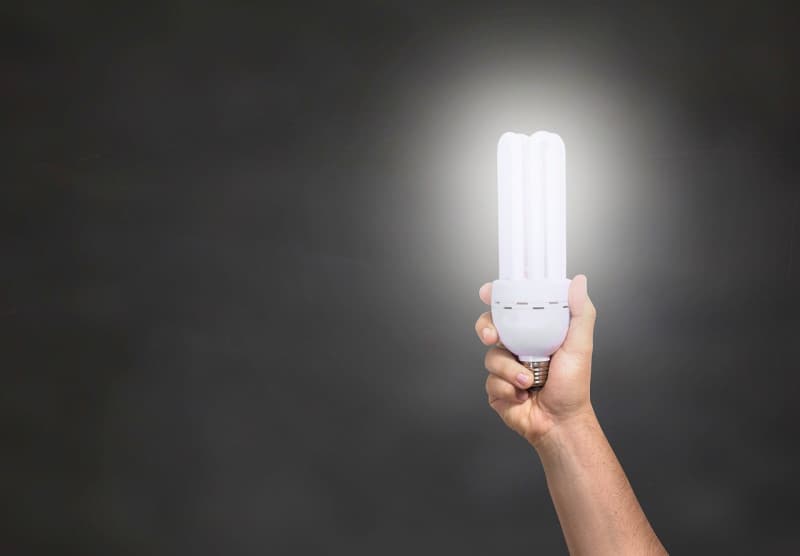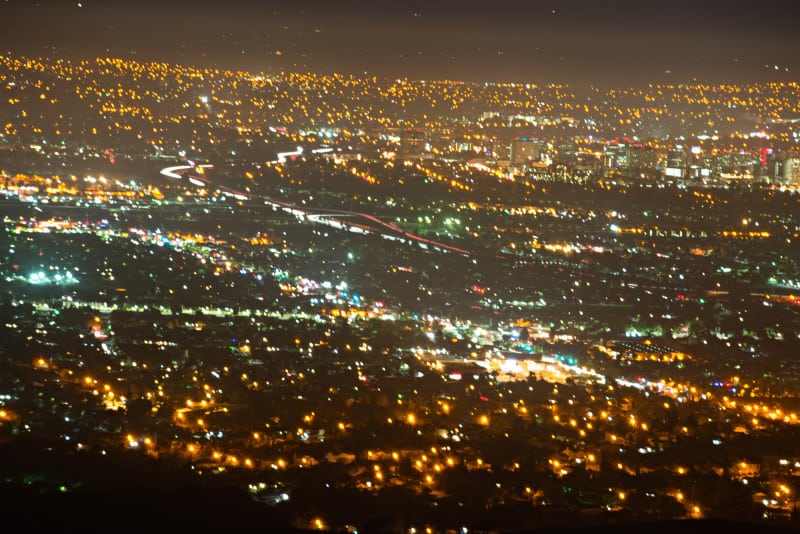LEDs are an amazing way to bring light into your space, but it can be hard to know where to start.
That’s why I’ve put together this guide – so that you can make the best decisions for your lighting needs.
You’ll find everything from the basics of LED lighting, to the different types available, and how to choose what will work best for you.
I’m sure that after reading through this guide, you’ll have a much better understanding of LED lighting and be able to make the right decisions for your space.
What Is LED Lighting?
I’m sure you’ve heard of LED lighting, but have you ever stopped to consider what it actually is?
LED stands for Light Emitting Diode, a type of energy-efficient lighting that has become increasingly popular due to its many benefits.
LEDs are small and long-lasting, making them an ideal choice for ambient lighting in a variety of settings.
LEDs use much less energy than traditional lighting methods such as incandescent or fluorescent bulbs.
This makes them an excellent choice for both residential and commercial properties that are looking to reduce their electricity bills and carbon footprint.
Additionally, LEDs are available in a wide range of colors, allowing you to customize the look of your space with unique and creative lighting solutions.
With so many advantages, it’s no wonder that LED lighting has quickly become the go-to choice for homeowners and businesses alike.
Whether you’re looking to save on energy costs or create the perfect ambiance for your home or office, LED lights are a great way to do just that.
Types of LED Lights
It’s no secret that LED lighting is quickly becoming the preferred choice for energy-savvy home and business owners.
According to a recent report, approximately 90% of all new lighting installations are now LED lights.
But what kind of LED lights should you be looking for?
Let’s start with the basics: LEDs come in a wide variety of shapes and sizes, from tiny bulbs to large panels. The most popular types of LED lights are recessed downlights, track lighting, and spotlights.
All three types offer significant energy savings over incandescent or halogen bulbs while also providing superior heat reduction capabilities.
One of the major benefits of LED lighting is its flexibility; you can install it almost anywhere you would use an incandescent or halogen bulb.
LED lights typically last up to 10 times longer than traditional bulbs.
This makes them an ideal choice for those interested in saving money on their energy bills and reducing their carbon footprint at the same time.
Benefits of LED Lighting
Having explored the types of LED lights available, let’s dive into some of the benefits.
LEDs are incredibly energy efficient, meaning you can save a lot on your electricity bill when switching from traditional incandescent bulbs to LED lighting.
It’s estimated that energy costs can be reduced by up to 90% when using LED lighting. This is not only good for your pocketbook, but also for the environment as it reduces carbon emissions in comparison to older bulbs.
LEDs also last much longer than traditional bulbs, so you won’t have to worry about replacing them as often.
This means a cost savings on replacement bulbs and less hassle too! On average, an LED bulb will last around 25 times longer than an incandescent one.
That equates to more time spent focusing on other things and less time spent running out to buy new lightbulbs.
Choosing LED lighting has many advantages over traditional lighting methods. Not only are they more energy efficient, but they also offer significant cost savings in terms of both upfront expenses and long-term maintenance costs.
Plus they last much longer, so you don’t have to worry about replacing them as often either!
So if you’re looking to reduce your energy bill and help preserve the environment at the same time, making the switch to LED lightbulbs is definitely worth considering!
How To Choose The Right LED Lights
When it comes to LED lighting, it’s important to choose the right type for your needs. Did you know that LED lights use up to 85% less energy than traditional incandescents?
That means they can help significantly reduce your electricity costs while also helping preserve our planet.
Here are some key considerations when selecting LED lighting:
- Energy efficiency – Look for LED lights with the highest energy ratings so you can get the most out of their cost savings and energy efficiency.
- Cost savings – Invest in high quality bulbs that will last a long time, so you don’t have to replace them often. LEDs are more expensive upfront but will save you money in the long run.
- Light output – Make sure the light output is what you need for your space and task. Consider brightness levels, color temperature, and light distribution when making your selection.
LED lights are an excellent choice if you’re looking for a cost-efficient, eco-friendly lighting solution. Not only do they help reduce electricity bills and conserve natural resources, but they also provide superior illumination compared to traditional incandescent bulbs.
With so many options available nowadays, it’s easy to find one that best suits your needs and budget!
Installing LED Lights
Now that you have chosen the right LED lights for your project, it’s time to install them.
Installing LED lights has many cost and energy savings benefits.
It can reduce your electric bill and help you save money in the long run. Plus, it’s not as difficult as you might think!
Installing LED lights is much simpler than installing traditional lighting fixtures.
You don’t need to hire a professional electrician or do any complicated wiring; all you need is some basic knowledge of electricity and a few simple tools like a screwdriver or drill.
Plus, most LED fixtures come with easy-to-follow instructions so even a beginner can get the job done quickly and safely.
Once you have installed your LED lights, be sure to take advantage of their energy savings benefits. With proper maintenance, these lights can last up to 50,000 hours and use significantly less energy than traditional lighting fixtures – meaning big savings on your electric bill over time!
Conclusion
LED lighting is a great choice for anyone looking to reduce energy costs and create a better, more efficient lighting system.
Not only are they cost-effective, but they’re also incredibly versatile – you can find LED lights in all shapes and sizes to fit any need!
By understanding the types of LED lights, the benefits they offer, and how to install them correctly, you’ll be able to lighten up any room like a bright beacon in no time.
With LED lighting being so easy to install and use, it’s like hitting two birds with one stone – you get energy efficiency and perfect illumination all at once.




